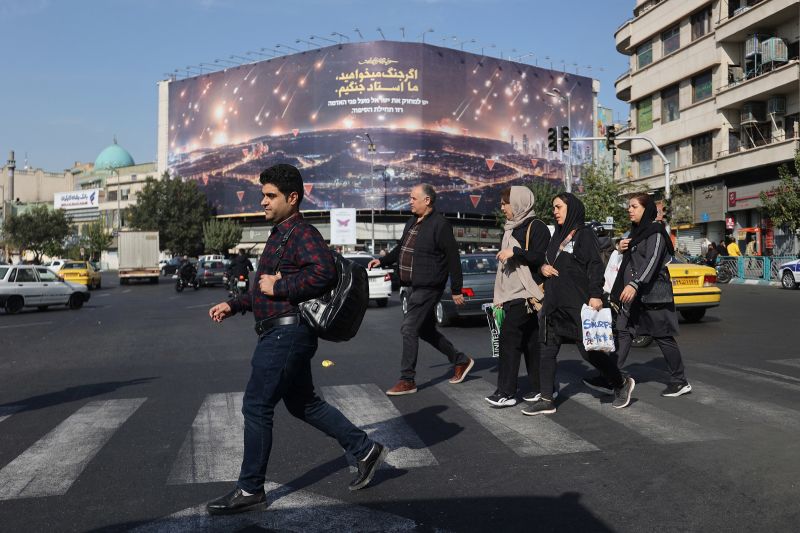The United States, playing a pivotal role in maintaining peace and balance on the global stage, has recently reaffirmed its commitment to put an end to the long-standing animosity and direct military offensive between two of the most influential powers in the Middle East: Israel and Iran. But can this ambitious endeavor bear fruit? The complexity of the situation logic dictates that it may be too soon to tell.
The U.S. government has long been involved in this intricate Middle Eastern puzzle, mainly through its alliance with Israel. The U.S. has consistently supported Israel’s right to defend itself, especially from its neighbor’s Iranian threats, which have grown increasingly brazen in recent years. Iran, meanwhile, views Israel, and more broadly the West, as an existential threat. This antagonistic dynamic has led to a series of proxy wars, direct and indirect confrontations that have fueled regional instability.
The heartening development is that the Biden administration wants this to be ‘the end’ – a cessation of direct Israel-Iran fire. The U.S. is making concerted diplomatic efforts, in coordination with its European allies, to alleviate these longstanding tensions. A significant part of this growing initiative is the potential U.S. return to the Iran Nuclear Deal. This approach marks a significant departure from the previous U.S. administration, which unilaterally withdrew from the deal in 2018, further straining U.S.-Iran relations.
However, the complexity and the simmering tensions between Israel and Iran cannot be underestimated. In Iran, the ascent of a new hardline President Ebrahim Raisi, known for his anti-Western sentiments, could potentially harden Iran’s stance and complicate the peace-keeping initiative. On the Israeli side, the newly formed eight-party coalition government headed by Prime Minister Naftali Bennett, while considerably diverse, holds a tough stance on Iran’s nuclear capabilities and militant activities.
Both nations have long-held rigid positions and numerous red lines. Given these factors, any path to lasting peace involving these two regional powerhouses will inevitably be fraught with considerable challenges. It is clear that a multi-pronged strategy involving robust diplomacy, negotiation, and strategic pressure is required. Nevertheless, skeptics argue it might be too soon to predict the success of these ambitions.
Moreover, the wider geopolitical dimensions of these conflicts must also factor into this evolving paradigm. For instance, how will other regional powers such as Saudi Arabia and the UAE react to a potential détente between Israel and Iran? How might the attenuation of Israel-Iran hostilities affect the regional balance of power? Insight into these questions signifies that we need to understand the broader dynamics at play while thinking of the cessation of direct Israel-Iran fire.
In summary, while the U.S. harbors a strong desire to mark an end to the direct military confrontations between Israel and Iran, bringing this to fruition is not going to be an overnight journey. It involves treading a path laden with a myriad of challenges and potential setbacks. Though remarkably noble and necessary, it is nevertheless premature to suppose that the end is near. The Middle Eastern chessboard is a labyrinthine one, where a single move can dramatically alter the course of the game. Therefore, it is implied that it may be too soon to predict or understand the full scope of this U.S. initiative. Optimistically, the desire for peace from the global community would, at the very least, hope to see a reduction in hostilities and a step towards lasting stability.




